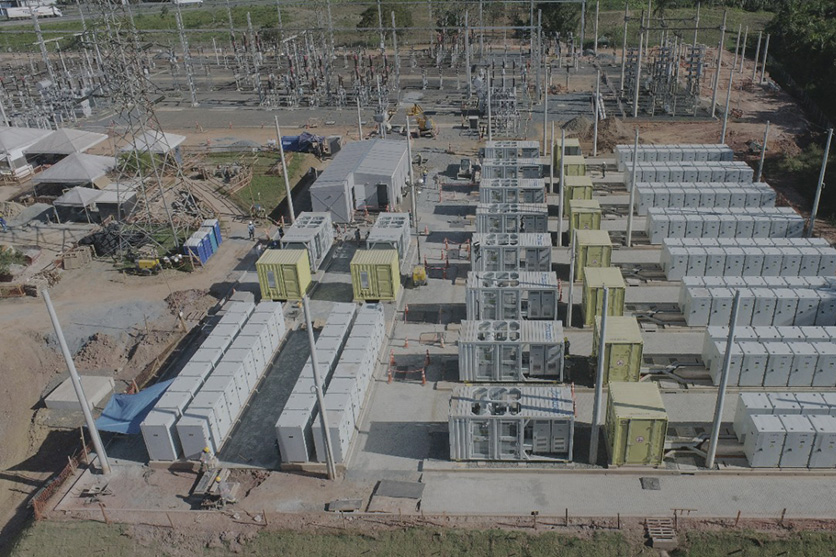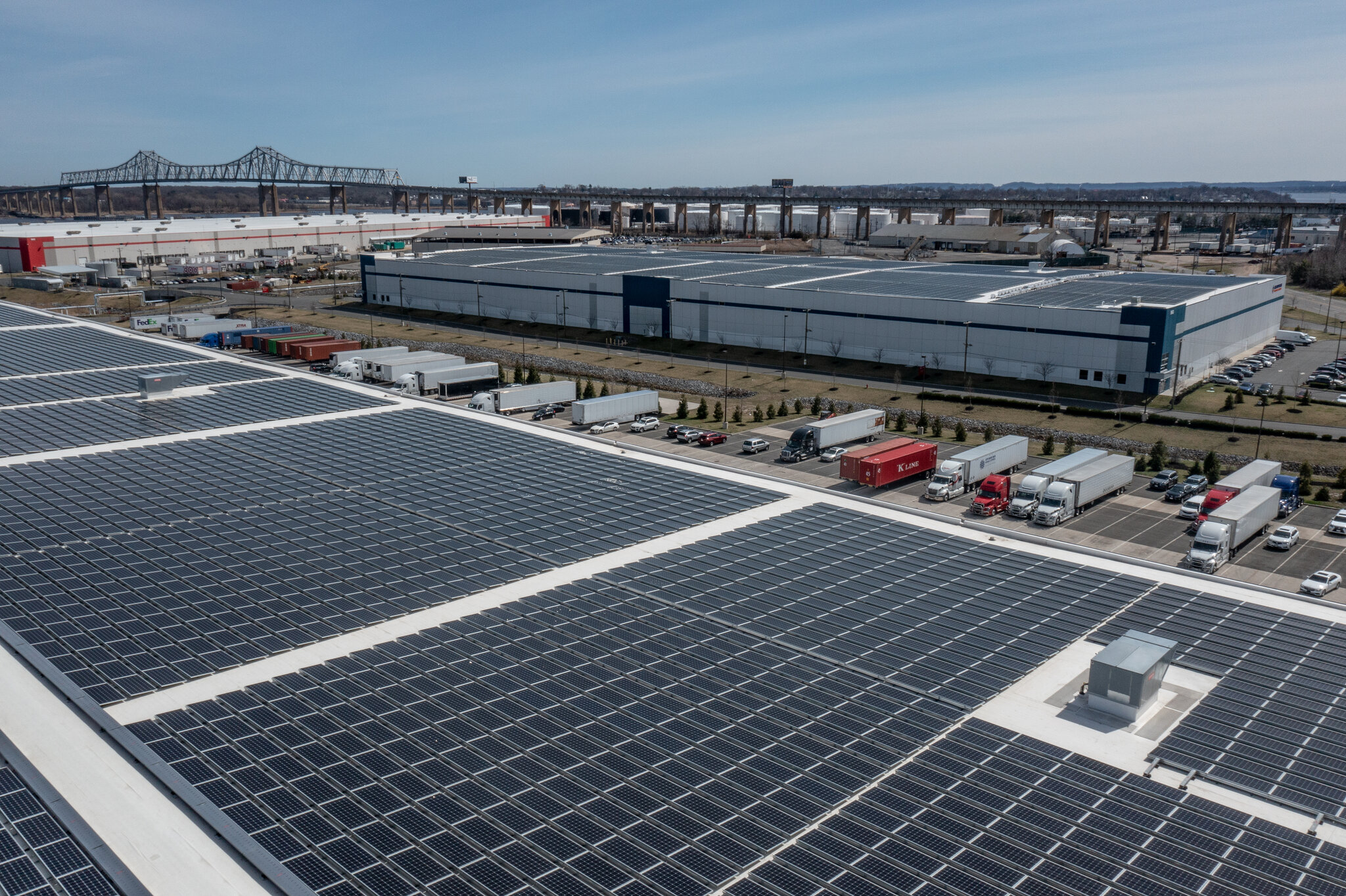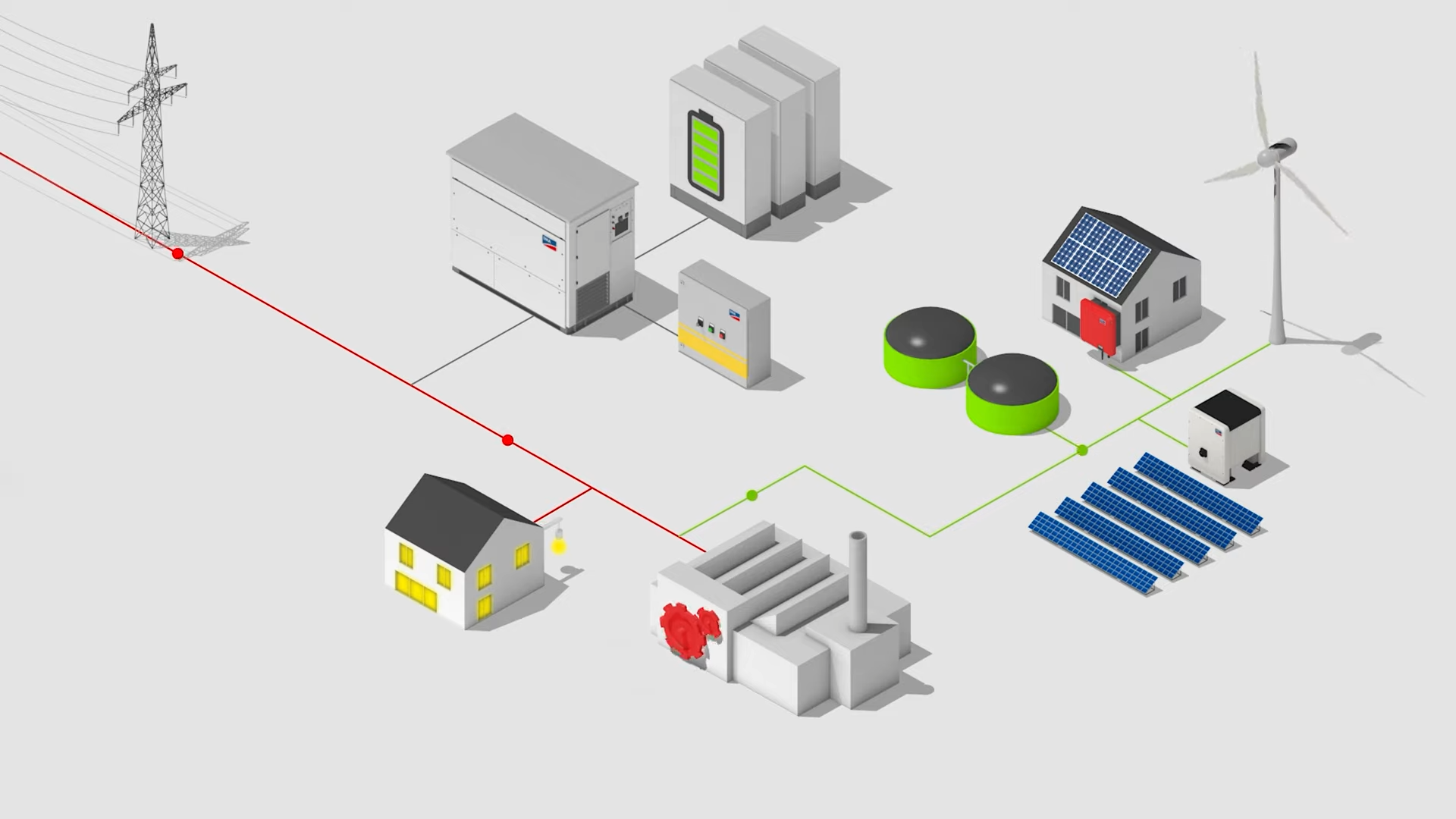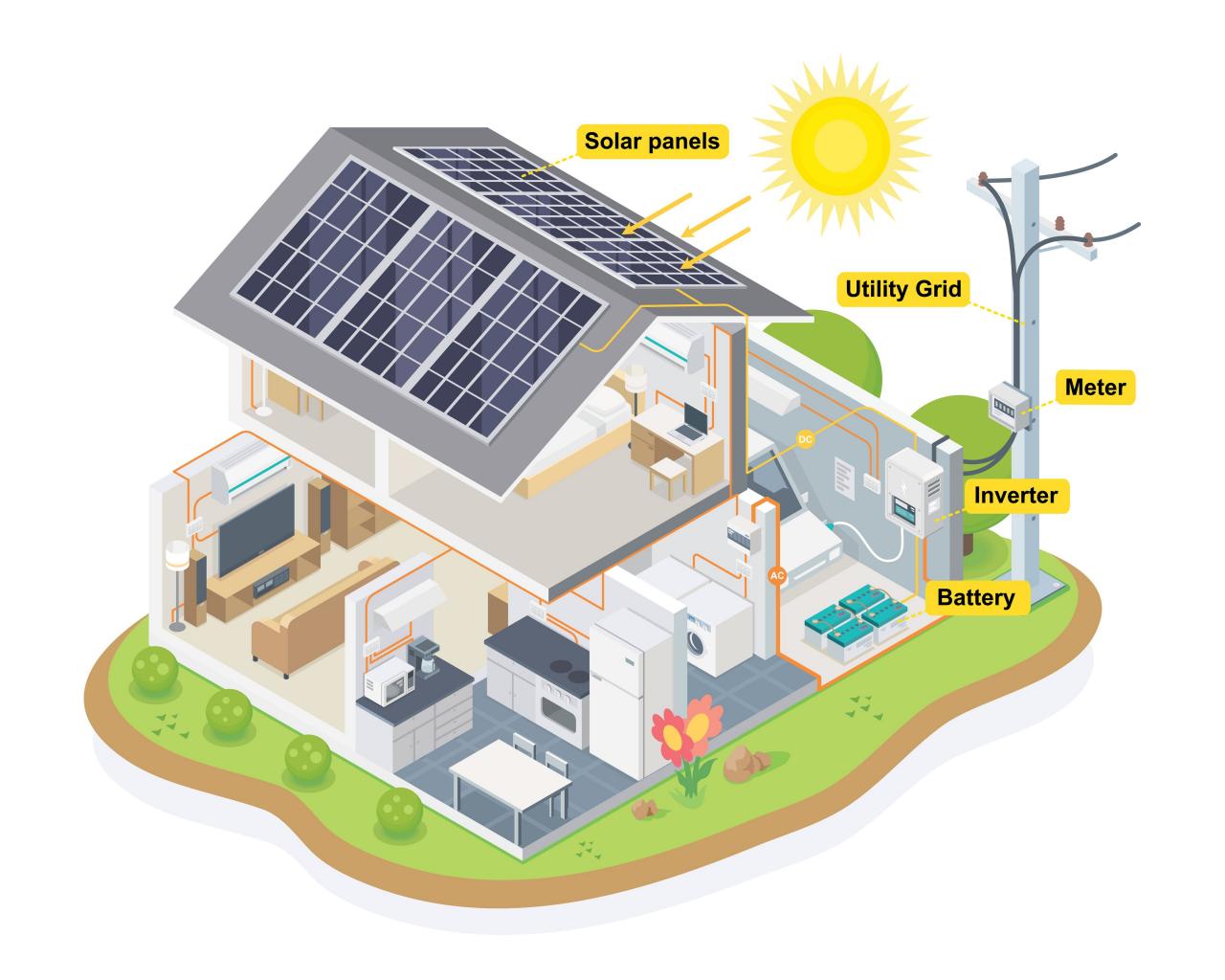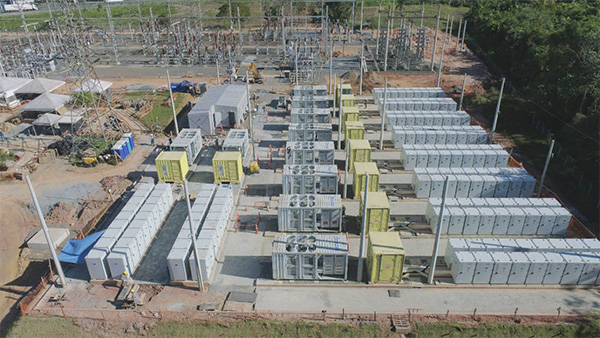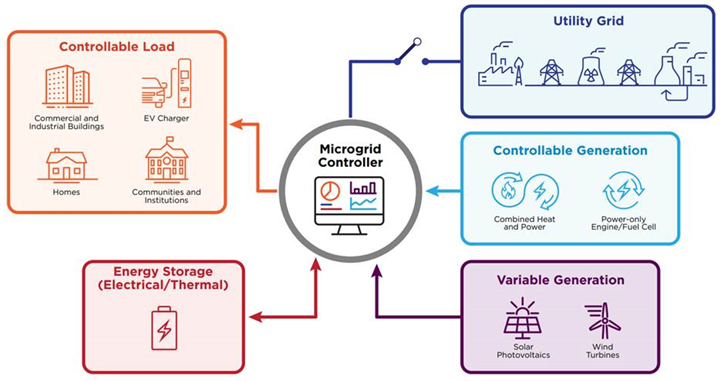Harnessing AI and Data Science for Enhanced Battery Energy Storage
In an era where renewable energy sources and data centers are integral to our infrastructure, the deployment of Battery Energy Storage Systems (BESS) on-site at power plants and data centers represents a significant leap forward in energy management. The incorporation of data science and artificial intelligence (AI) into these systems is not just an add-on; it's a transformation that promises to revolutionize how we store, manage, and use energy.
AI and Data Science: The Game Changers
The integration of AI and data science with BESS brings a multitude of benefits to power plants and data centers:
-
Predictive Analytics: AI models can predict energy usage patterns and renewable energy generation peaks with high accuracy. This allows for more efficient battery charging during low-demand periods and discharging during peak demand, optimizing energy use and cost.
-
Peak Shaving: Through predictive modeling, BESS can be used more effectively for peak shaving, reducing the reliance on traditional and more expensive power sources during peak times.
-
Demand Response: AI enables real-time participation in demand response programs, allowing facilities to sell back energy to the grid during peak pricing periods, creating a new revenue stream.
-
Maintenance and Lifespan: Predictive maintenance algorithms analyze battery health, predict failures before they occur, and suggest optimal maintenance schedules, prolonging the lifespan of the storage system.
-
Grid Support: AI-optimized BESS can provide ancillary services to the grid, such as frequency regulation and voltage support, enhancing grid stability and reliability.
Real-World Impact: Sustainable and Cost-Effective Operations
The real-world implications of AI-enhanced BESS are profound:
-
Sustainability: By enabling more efficient use of renewable energy, AI-driven BESS contribute to the reduction of carbon footprints and support sustainability goals.
-
Reliability: Power plants and data centers can operate with greater independence from the grid, ensuring consistent operations even in the face of energy supply fluctuations.
-
Cost Savings: AI optimization leads to significant cost reductions by minimizing energy waste and maximizing the use of cheaper, renewable energy sources.
Case Studies: Success Stories of AI-Enhanced BESS
Success stories abound where AI and data science have been applied to BESS:
-
A major data center used AI to reduce its energy costs by 20% through predictive analytics that optimized its BESS usage.
-
A renewable energy power plant increased its energy delivery reliability by 35% with AI models that accurately predicted generation and storage needs.
Conclusion: The Future is Now
The integration of data science and AI with BESS is not a distant future—it's a present reality. For power plants and data centers, AI-driven energy solutions represent a strategic investment in efficiency, reliability, and sustainability. As this technology continues to advance, the potential for innovation and improvement in energy storage and management is boundless.
Call to Action
Embrace the future of energy management today. Contact us to discover how AI and data science can enhance your BESS and drive your power plant or data center towards a smarter, greener, and more cost-effective tomorrow.


